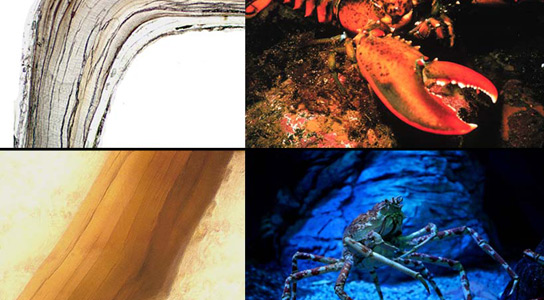
Growth bands (upper left) in the gastric mill, a toothlike digestive structure, of an American lobster (upper right), and analogous bands (lower left) in the eyestalk of a snow crab (lower right) provide the first exact ages of these crustaceans. Credit: (Left, Top and Bottom) Raouf Kilada/University of New Brunswick; (Top Right) NOAA; (Bottom Right) iStockphoto
Crustaceans shed their exoskeleton every year, making it hard for biologists to determine their exact age. Now researchers have found well-hidden growth bands in the animals that persist through molting and yield reliable ages.
The scientists published their findings in the Canadian Journal of Fisheries and Aquatic Sciences. This could help fishery agencies better manage crustaceans. Usually fisheries estimate the age of crustaceans based on their body lengths. Fishermen are allowed to harvest only older animals. This allows juveniles to reach sexual maturity and start reproducing before they are harvested. These length limits are flawed, because growth varies greatly depending on the conditions in the ocean. Cool waters stunt a lobster’s growth. In the Gulf of Maine, water temperatures can differ by several degrees in areas just 50 kilometers (31 miles) apart.
Marine biologist Raouf Kilada, of the University of New Brunswick, Saint John, and his team looked at annual growth bands in various calcified hard structures in snow crab samples. They found promising patterns in the animal’s eyestalks. After six months of examining eyestalks, Kilada found definitive age bands. They are like tree rings, markings less than a millimeter thick, each containing a thin, dark rim lined by a thicker, lighter edge. The dark-light pattern could represent a change in season growth rates, but the team hasn’t confirmed this yet. Each dark-light pair represents 1 year. The team has also found similar growth bands in the eyestalks of two shrimp species and within teethlike structures in the stomachs of the American lobster.
In order to confirm their findings, the team submerged 20 juvenile lobsters in a chemical tracer that stained the bands, and set them aside for 18 months. They were allowed to molt three times. The lobsters were dissected and the chemical tracer was found intact in their samples. This confirms that molting didn’t erase the bands.
The next step is to apply this technique on a wider scale and to implement it in a stock assessment plan, states Kilada. Fisheries biologists will collect samples of crustacean populations from different regions with varying growth rates. Then, they can recalibrate age-length ratios accordingly.
Scientists are eager to adapt these methods to other lobster and crab species.
Reference: “Direct determination of age in shrimps, crabs, and lobsters” by Raouf Kilada, Bernard Sainte-Marie, Rémy Rochette, Neill Davis, Caroline Vanier and Steven Campana, 2 November 2012, Canadian Journal of Fisheries and Aquatic Sciences.
DOI: 10.1139/cjfas-2012-0254


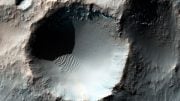
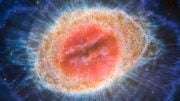

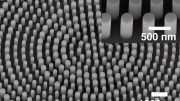
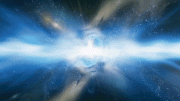

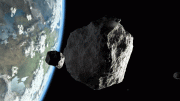
will this work with fossils?